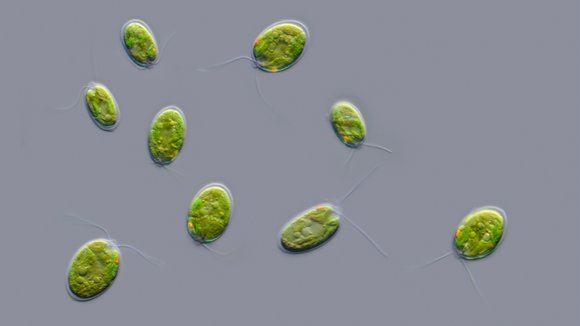unconventional
Researchers at University of California, San Diego School of Medicine discovered a revolutionary method to produce a vaccine for malaria. This vaccine differs from conventional vaccines. It prevents transmission of the malaria parasite from infected humans to mosquitoes instead of vice versa. The malaria parasite (Plasmodium falciparum) develops itself in the human body. The vaccine stops this development at an early stage, preventing transmission of the parasite.
antibodies versus proteins
An important protein for the development of the parasite is ‘Plasmodium falciparum surface protein 25’ (Pfs25). Antibodies switch off the Pfs25 protein and prevent maturation of the parasite. The American researchers use this mechanism for the vaccine. They combine Pfs25 proteins with agents that promote the immune system. In this way, vaccines are able to produce enough antibodies.

Microscopic small algae prove to be extremely suitable to produce large amounts of the malaria vaccine.
environmentally friendly mini-factories
For a long time, artificial production of the Pfs25 protein in a laboratory was too difficult. Researchers now found a solution, the green algae Chlamydomonas reinhardtii. They isolated the gene that regulates the production of the Pfs25 protein from the DNA of the malaria parasite and inserted this into the DNA of C. reinhardtii. This enables the algae to produce large amounts of functional Pfs25 protein. The use of algae is an advantageous tool, because it is cheap, easy and environmentally friendly.
66% less
Malaria is the leading cause of death in many developing countries. Especially young children and pregnant women are at risk. The results of this research are promising. The population infected mosquitos has been reduced from 70% to 4%. When applied at large scale, the vaccine can protect whole communities and the death rate will drop dramatically.
Sources:
ScienceDaily
and
ASM
Chlamydomonas reinhardtii can be seen in real life in Micropia. Also, a beautiful glass sculpture of Plasmodium is displayed in Micropia. Plan your visit .
